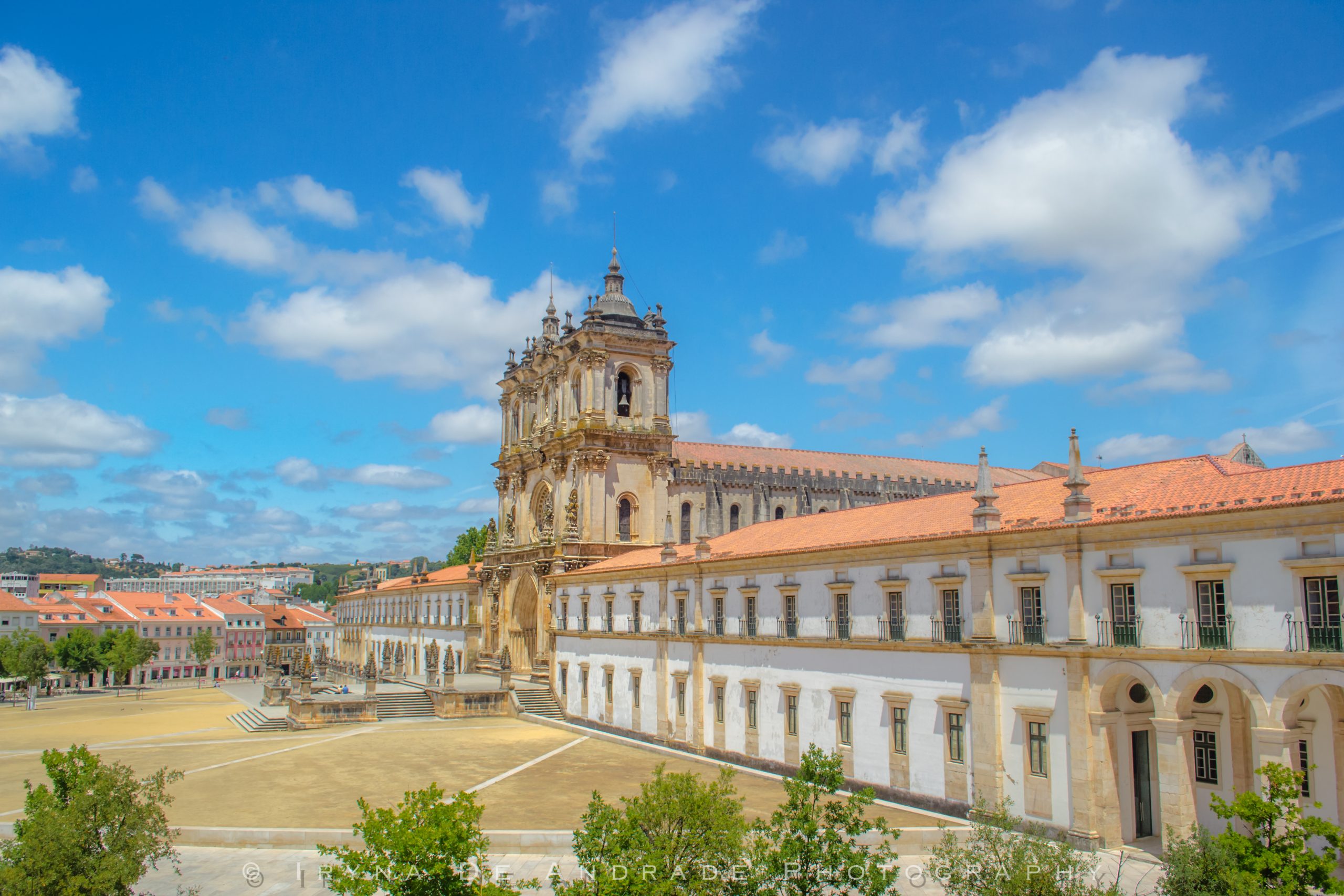The oldest country in Europe, Portugal’s cultural heritage is vast and there is so much history to explore particularly its World Heritage Sites. Portugal is home to 17 World Heritage Sites, as listed by the United Nations Educational, Scientific, and Cultural Organization (UNESCO). From astounding monasteries, landscapes, and historic centers, we have selected our 9 favorite UNESCO World Heritage Sites in Portugal.
1. Historic Center of Porto
A world heritage site since 1996, the Historic Center of Porto includes the parishes of Se, Vitoria, Sao Nicolau, and Miragaia. The Historic Center has been urbanized and modernized but remains reflective of medieval times since the Middle Ages. UNESCO awarded the title as they found that the area had a remarkable universal value due to the huge number of historical buildings. The area overlooks the Douro river and is home to the city’s most iconic buildings such as the Se do Porto, Sao Bento Railway Station, Torre dos Clerigos, Palacio da Bolsa, and more. A protected area was also defined by UNESCO which includes Aliados Avenue, Praca de Trindade, Carregal Garden, Vila Nova de Gaia, and more. Since the decision in 1996, there has been a growth in the tourism sector in Porto.
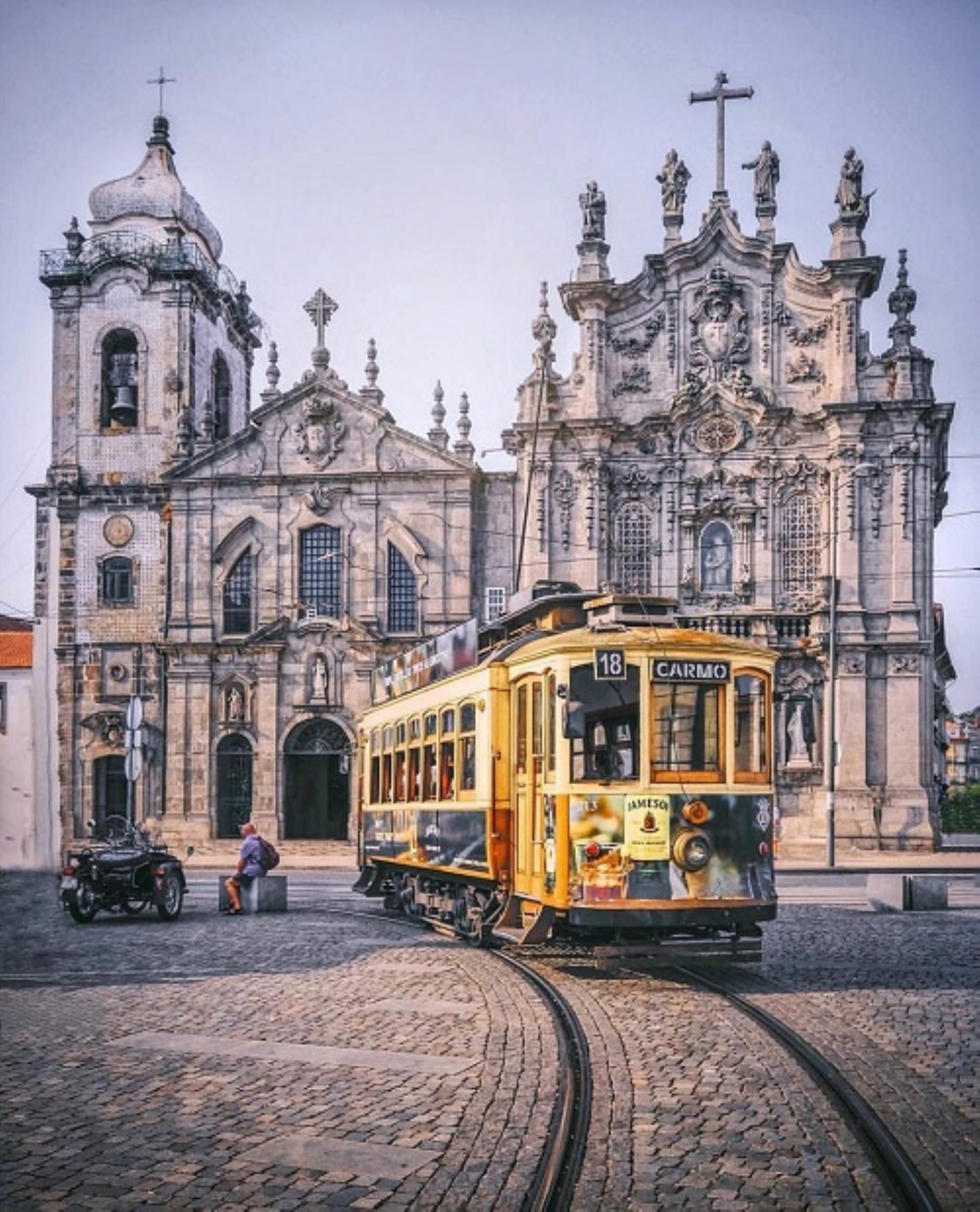
Book Historic Center Walking Tour
2. Cultural Landscape of Sintra
Sintra gained the UNESCO Cultural Landscape classification in 1995, encompassing a mountainous strip with gardens, parks, and monuments. UNESCO accepted the classification due to the astounding historic landmarks present in the area, making Sintra worthy of heritage status. Sintra was swept up in the Romantic movement in the 19th century, where most of the well-known landmarks came about. The most famous monument is the Pena Palace, a romanticist style palace from the 19th century, as well as Quinta da Regaleira, Sintra National Palace, Seteais Palace, Castle of the Moors, and more. The Romanticist period has made its mark on Sintra, today a town known for its romantic forested terrain and astonishing palaces that once belonged to royal families and aristocrats.
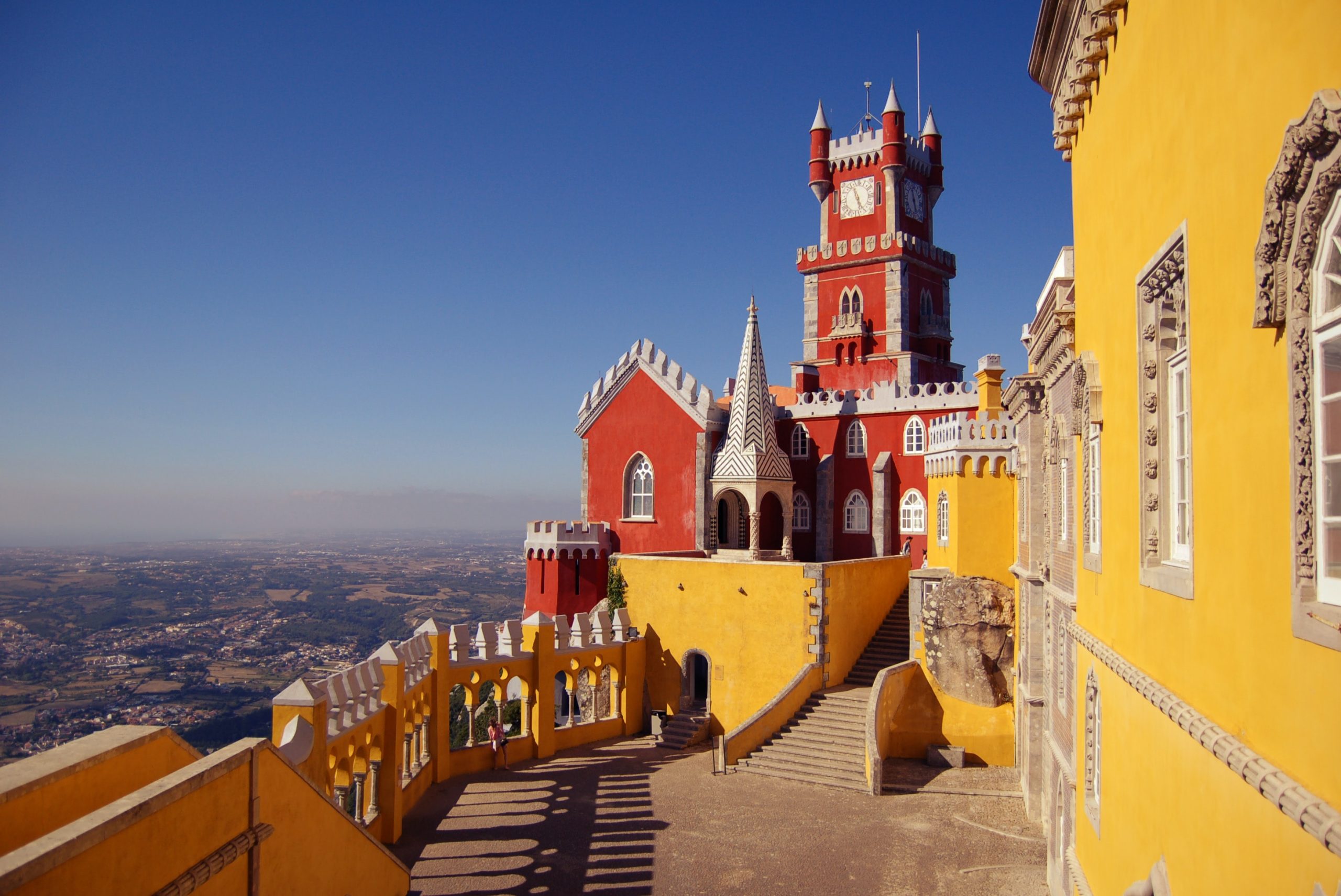
Book Sintra, Regaleira, and Pena Palace Guided Tour
3. Alto Douro Wine Region
A region near Porto that has been producing wine for over 2,000 years, Alto Douro Wine Region was made a World Heritage site in 2001. Covering over 250,000 hectares of which 20% is used for wine production, the region includes the river Douro and the Varosa, Corgo, Tavora, Torto, and Pinhao. This region is where the Douro river flows from Porto and where Douro wines are made, the grapes are grown on the hill topped vineyard. The area holds the ideal conditions for growing grapes, with a hot dry climate and rocky soil, and is associated with Port wine production primarily, as well as table wines. Whether you are on a boat trip along the river with a view of the vineyards, visiting a vineyard, or staying at a hotel within the greenery, you will find the region is deserving of its UNESCO titles.
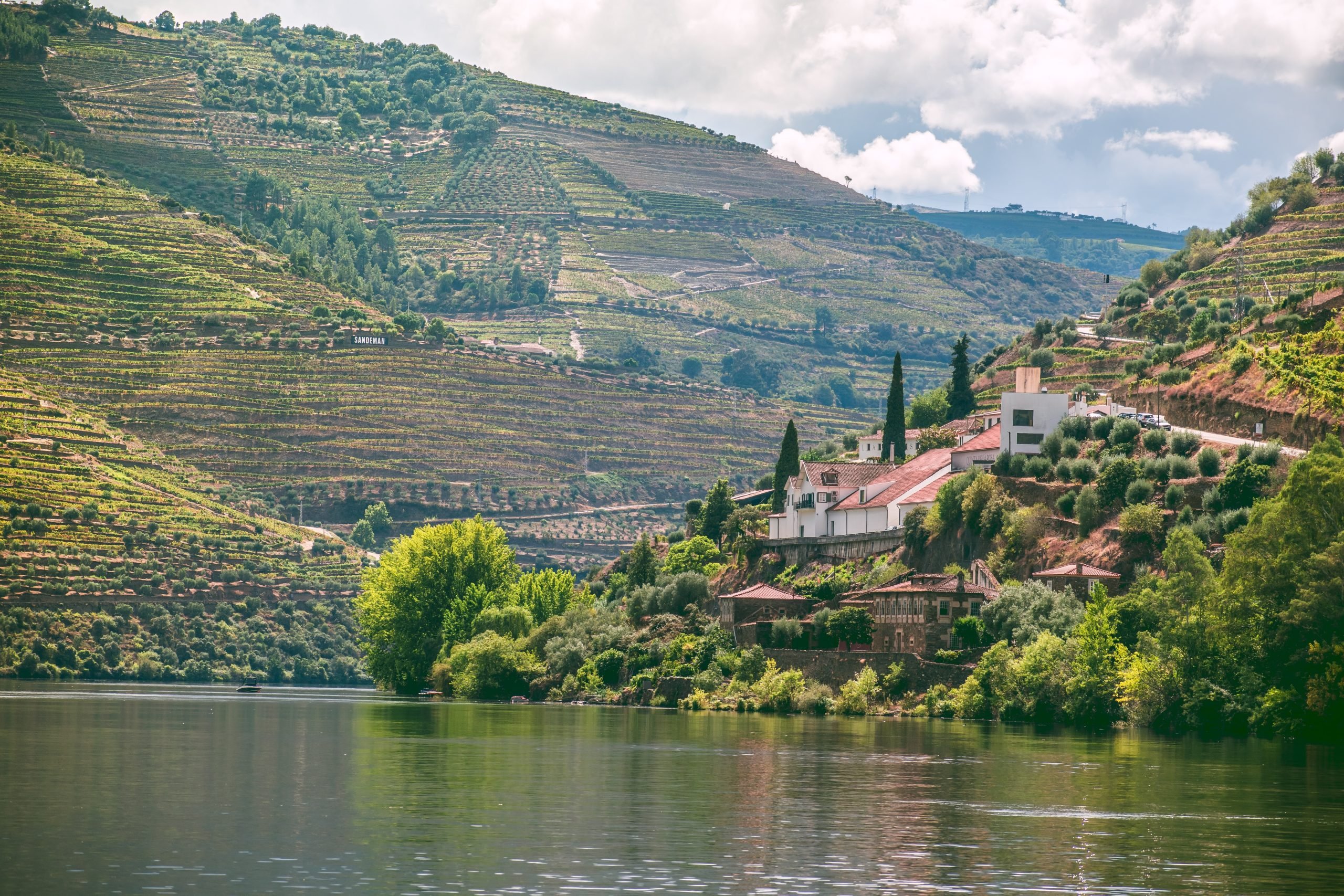
Book Douro Valley: Wine Tours with Lunch, Tastings & River Cruise
4. Convent of Christ Tomar
Listed as a UNESCO World Heritage site in 1983, the Convent of Christ is a former Catholic convent in Tomar, as well as a castle in the center of Portugal. Used by the Knights Templar, a Catholic military order, the castle was first built in 1160, and the convent was added later as an extension. Located on the top of a hill, the property was used to secure the border of the Christian kingdom against the Moors. After the Templar Order was dissolved in 1312, the property was transferred to the Order of Christ. The Covent of Christ features a Manueline nave, eight cloisters built in the 15th and 16th centuries, and a Romanesque round Catholic church. The Convent is open to the public and the church still holds religious services.
Book Tomar and Almourol Knights Templar Tour
5. Landscape of the Pico Island Vineyard Culture
The 987-hectare landscape of the Pico Island Vineyard Culture on the island of Pico in the Azores extends through most of the island’s western, northwestern and southwestern coasts. The landscape features a network of black basalt stone walls running parallel to the coast, built to protect the vines from the wind and sea, allowing for the production of wine in the area. The wine cultivation of vines in Pico began in the 15th century due to the island’s volcanic soil that is rich in nutrients and the warm microclimate. The landscape was classified as a World Heritage Site by UNESCO in 2004, as UNESCO found that the area is of outstanding universal value due to its authenticity.
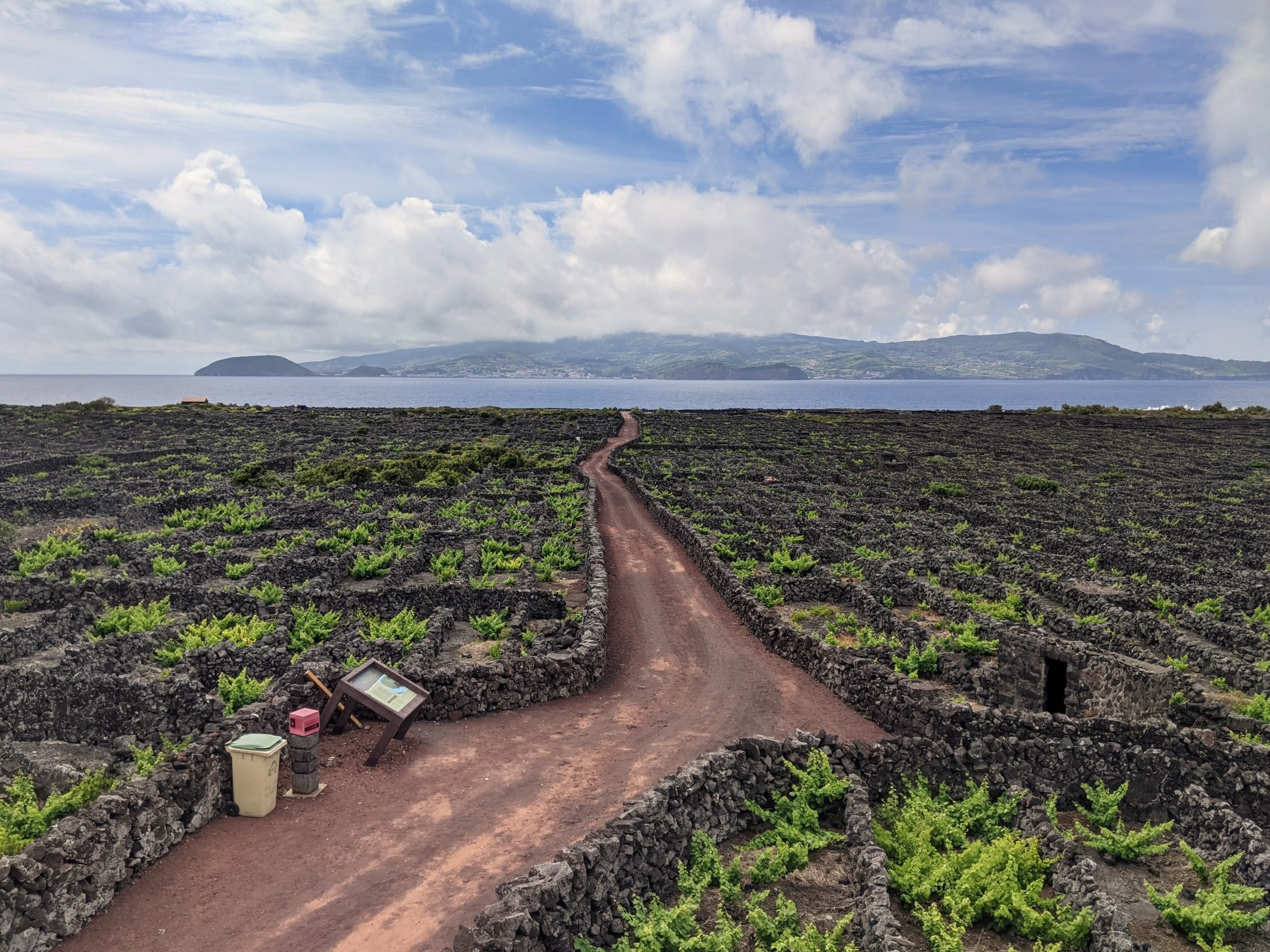
Book Azores: Wine Tasting Tour on Pico Island
6. Laurisilva of Madeira
Located on the archipelago of Madeira, Laurisilva of Madeira is a laurel forest, a type of subtropical forest found in areas with high humidity, comprised of around 15,000 hectares of land. This is the largest surviving area of laurel forest and contains a unique set of plants and animals such as the Madeiran long-toed pigeon. The Laurisilva of Madeira plays a large role in biodiversity conservation with at least 76 plant species endemic to Madeira and the landscape covers over 20% of the island. From rocky landscape, cliff, and thick blankets of lush green, moss, and ferns cover the forest.
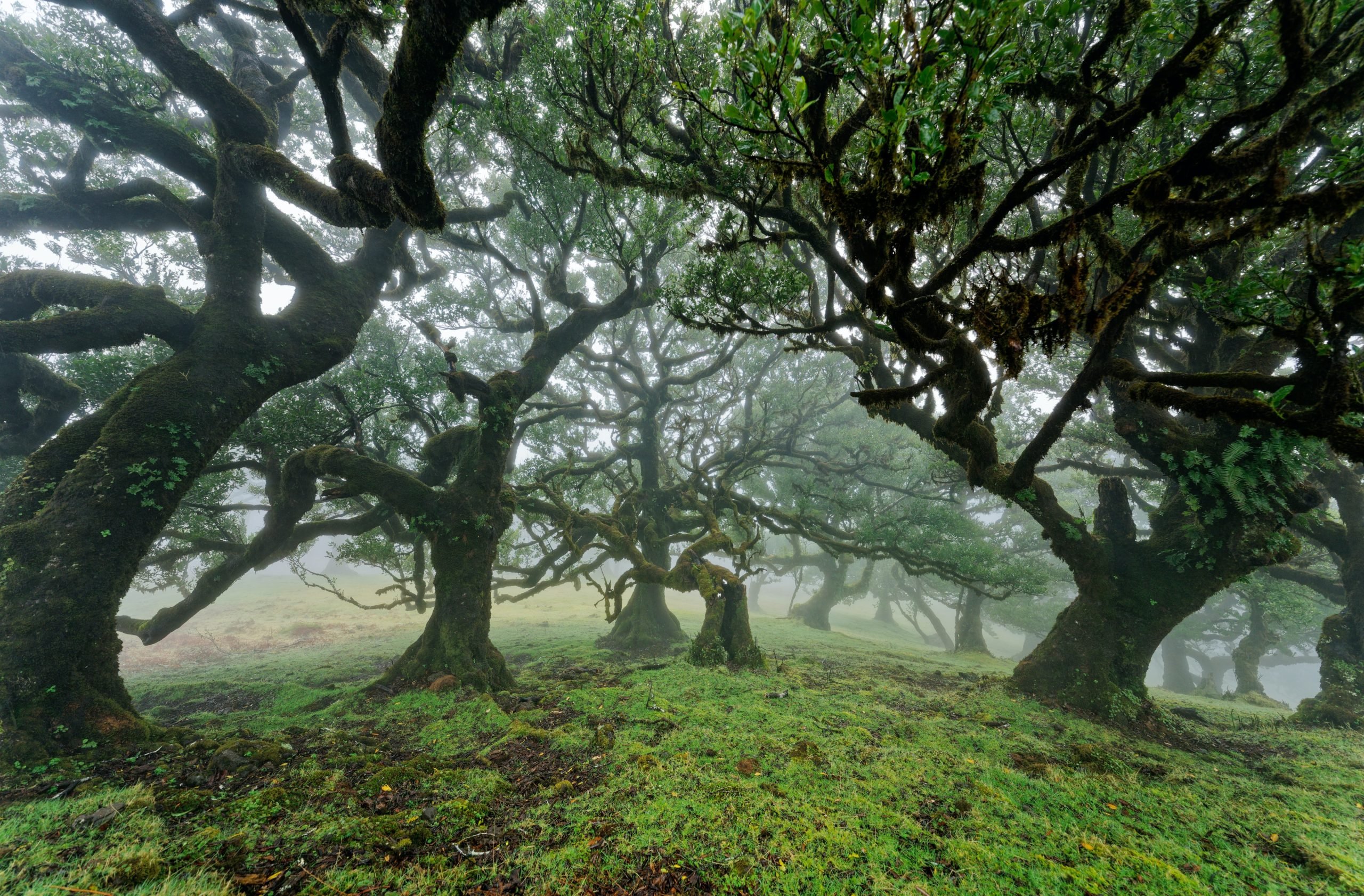
Guide to Madeira
7. Historic Center of Evora
The capital of the Alentejo province, the landmarks in the Historic Center of Evora were mostly built in the 15th century, while the famous Roman Temple was constructed around the first century A.D. In fact, Evora’s history is incredibly rich, the city has been a political and social center boasting a two million year history. The Historic Center of Evora was listed as a UNESCO World Heritage Site in 1986 due to its significant historic events, from the 16th century as a time of religious influence and urban planning to the concentric growth of the town in the 17th century.
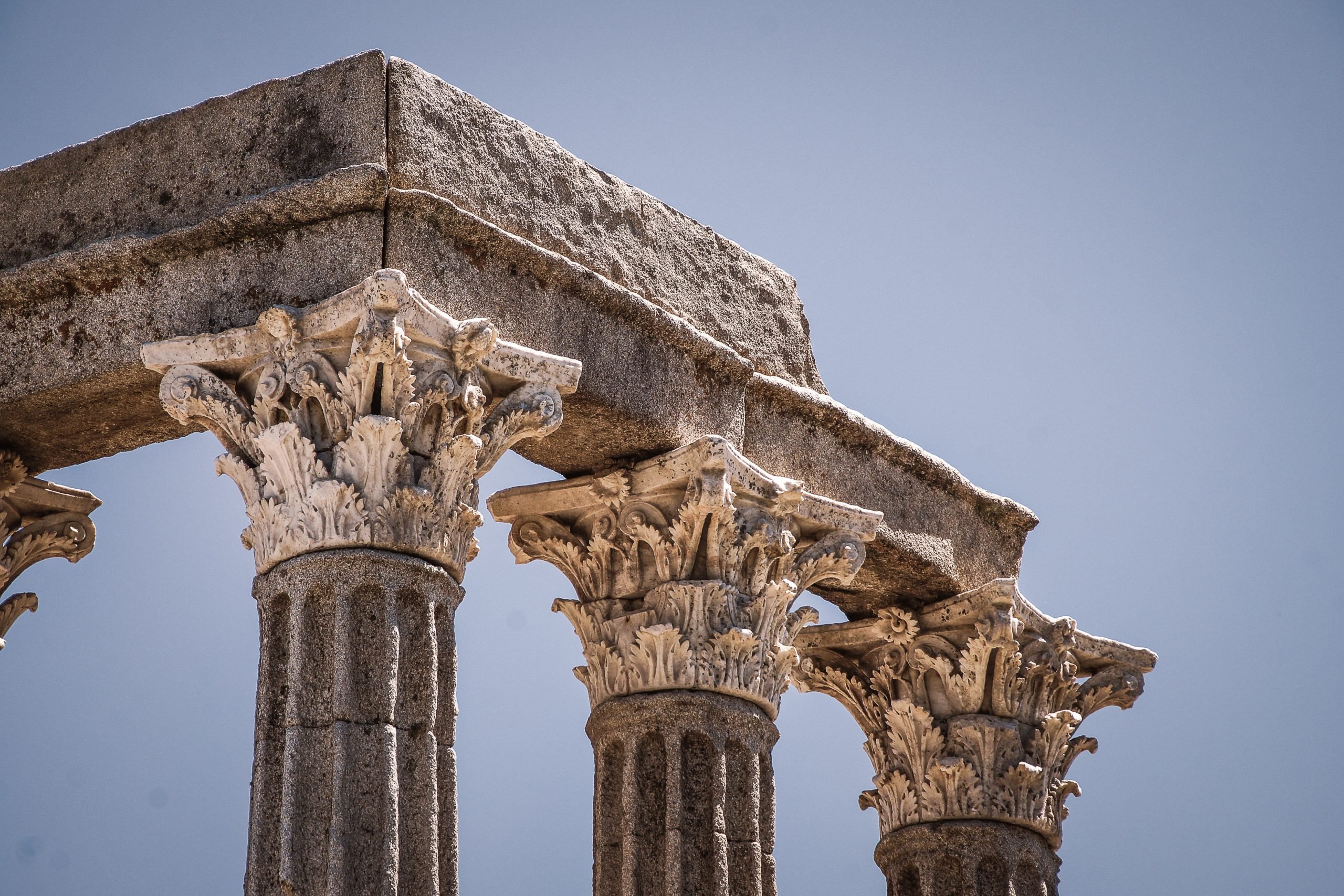
Book Evora Private Day Trip
8. Coimbra University – Alta and Sofia
Located in Northern Portugal, the University of Coimbra is situated on a hill overlooking the city and has evolved for more than seven centuries throughout the old town. From the 12th century Cathedral of Santa Cruz, the 16th century Royal Palace of Alcacova, and the 18th century Botanical Garden, the university is a reference in the development of higher education institutions all over the world. Listed in 2013, UNESCO found that Coimbra University is an outstanding example of an integrated university city that keeps cultural and ceremonial traditions alive through the centuries.
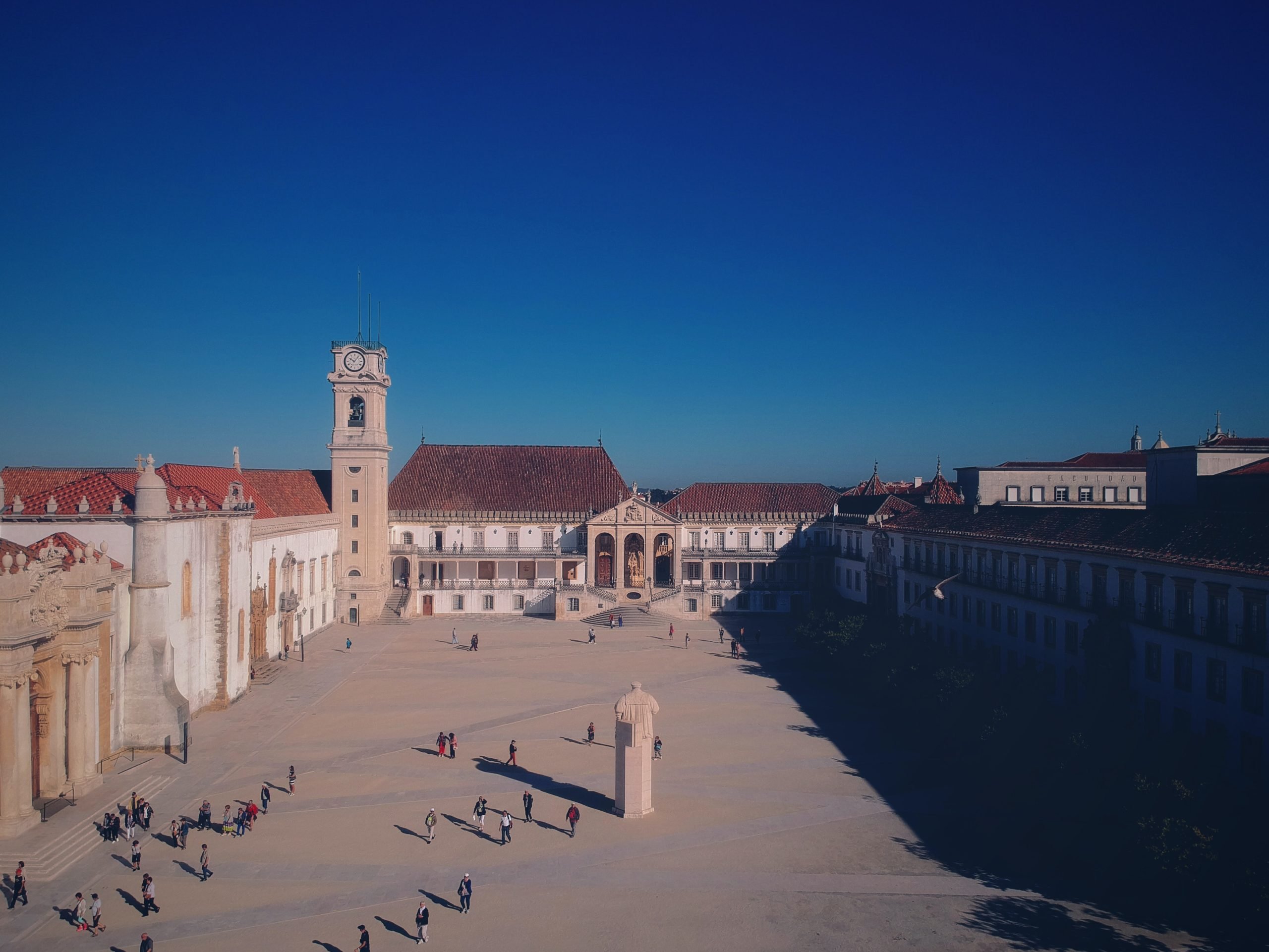
Book University of Coimbra Walking Tour
9. Monastery of Alcobaca
Located north of Lisbon, the Monastery of Alcobaca was classified as a UNESCO World Heritage Site in 1989. Founded in 1153 by the first King of Portugal, D. Afonso Henriques, UNESCO believes the monastery is a masterpiece of Cistercian Gothic art, due to its size and the purity of its architectural style. The Monastery of Alcobaca has been properly conserved without ruining the property’s integrity, following an early Gothic style and representing the founding of this style in Portugal.
